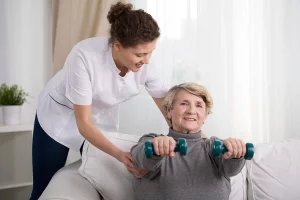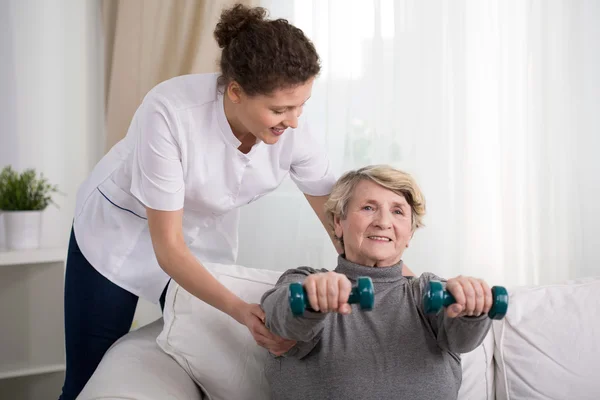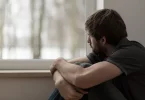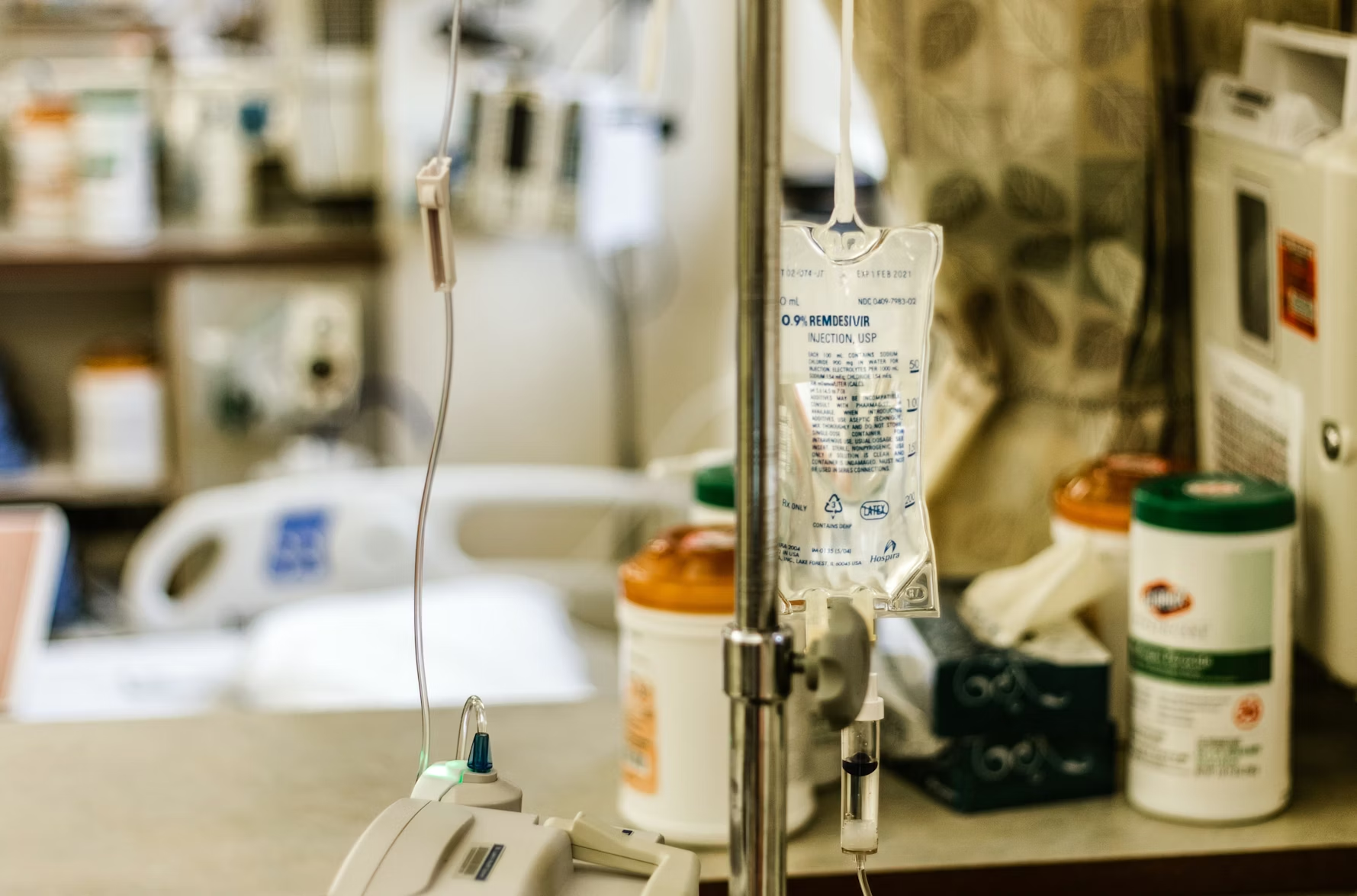Stoke is a life-threatening that requires urgent treatment to reduce the extent of damages to the body. As a medical emergency, you should get to the hospital at the earliest signs of stroke to receive the most appropriate treatment that will restore blood flow to your brain.
Even though stroke is a severe health condition, a patient can recover at home after an IV injection of recombinant tissue plasminogen activator (TPA), the standard treatment for ischemic stroke. Nonetheless, stroke patients are usually nervous about home rehabilitation because of a lack of knowledge about the recovery steps.
How to Continue Stroke Recovery at Home

Use of Stroke Rehabilitation Equipment
Technological devices, such as non-invasive brain stimulators, robots, and brain computers interfaces, are designed to help with stroke rehabilitation. In addition, neurorehabilitation devices are available that can help mitigate the symptoms of stroke, improve neurological function, and deploy electric signals to stimulate movements.
Through the assistance of a physiotherapist, you can continue with neurorehabilitation at home to enhance the central nervous system, reduce disability, and ease daily function. Since the hospital discharge results in reduced care management by healthcare providers, you can use neurorehabilitation devices to treat the neurological disorders resulting from stroke.
Exercise Routinely
A stroke can lead to paralysis because of the interruption of blood flow to the brain. Exercise is recommended for stroke survivors with paralysis as passive and active exercises stimulate neuroplasticity, the mechanism through which the brain rewires and repairs itself after stroke damage.
As a stroke survivor with paralysis, you should engage in repetitive exercise so that your brain can relearn how to perfect tasks through different neural pathways. In addition, engaging in stroke recovery exercises speeds up recovery, improves balance, and prevents stroke recurrence. Nonetheless, you should stick to the recommended stroke exercises to improve results and avoid injury.
Hire an In-House Caregiver
The transition from hospital care to home care can be difficult, especially if a patient doesn’t know how to continue with the recovery process. In addition, loneliness and inactivity associated with paralysis can trigger post-stroke stress. As a stroke survivor, one step you can take to help with home recovery is hiring an in-house caregiver who will help you avoid the debilitating sense of isolation.
In addition, since the stroke rehabilitation process is lengthy and complex, an in-house caregiver will help track the appointments, supervise the exercises, and assist with daily activities.
Check Your Diet
A stroke triggers changes in lifestyle because it is a lifestyle-related disease. Research has linked an unhealthy diet comprising saturated fats, cholesterol, and trans fats, to stroke and related health conditions, such as heart disease.
In the wake of a stroke, one of the risk factors of suffering a second stroke is an unhealthy diet. Therefore, you should stick to a healthy diet after stroke to aid neurological and physical healing. A diet low in sodium and fat and high in vegetables can help you reduce the risk of suffering a second stroke.
In addition, you should consider taking vitamin supplements, such as Vitamin D, Vitamin B12, Vitamin C, Probiotics, and Docosahexaenoic acid (DHA), upon the advice of a physician or nutritionist.
Engage in Physical Therapy
Physicians highly recommend physical therapy for stroke survivors who suffers a disability, which is common among the elderly. Unlike stroke exercise that focuses on activating neuroplasticity, physical therapy focuses on strengthening your muscles and relearning motor activities, such as standing, walking, and sitting.
Therefore, if you have suffered any form of disability from a stroke, you should find a therapist to help you recover. A physical therapist will guide you through the process to overcome obstacles and achieve long-term goals. In addition to physical therapy, you should consider speech and occupational therapy.
Create a Conducive and Safe Environment at Home
As a stroke survivor, you are vulnerable to falls due to imbalance and joint weaknesses. Since falling is a common issue among stroke survivors, you should consider safeguarding your space by installing handrails, anti-skid mats, and raised toilet seats. Physical injuries can hinder your process of relearning motor activities through physical therapy.
Wrapping Up
Stroke is a life-threatening condition that requires emergency medical assistance to mitigate damage to the brain and the body. Healthcare providers commonly administer IV injection of recombinant tissue plasminogen activator (TPA) to restore blood flow to the brain, then discharge the patient for home recovery. Even though adjusting to home recovery can be challenging, you can achieve the desired results through these strategies.
Author’s Bio:
Samantha Higgins is a professional writer with a passion for research, observation, and innovation. She is nurturing a growing family of twin boys in Portland, Oregon with her husband. She loves kayaking and reading creative non-fiction. For those who are recovering from a stroke, she encourages the use of neurorehabilitation devices for at-home physical therapy.








